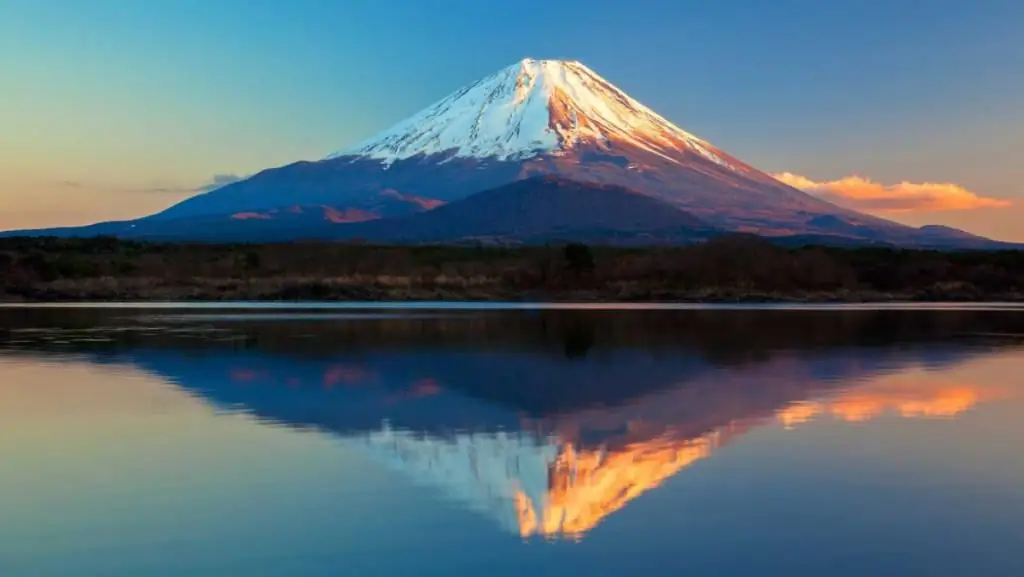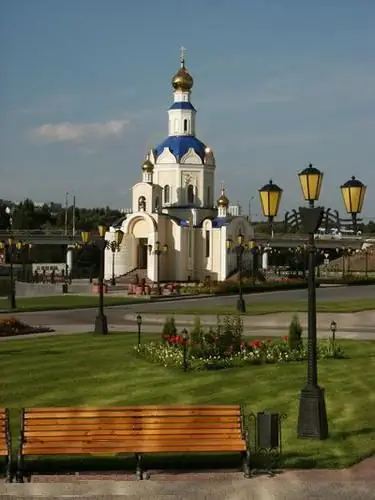- Author Harold Hamphrey [email protected].
- Public 2023-12-17 10:06.
- Last modified 2025-01-24 11:10.
If you take a regular bus Pskov-Strugi Krasnye, then in a little over an hour you will find yourself in an amazing place - in a village rich in history, like many settlements in our country. It can also be reached by car or by rail.

How it all began
Strougs are high-speed vessels with a flat bottom. They were actively used in the XI-XVIII centuries for movement along rivers and lakes. Therefore, they are depicted on the coat of arms of the village of Strugi Krasnye.
People began to settle in this territory in the Stone Age. This is confirmed by archaeological finds. Burials dating back to the 13th century have survived to this day. The land here has always been fertile, so the settlers planted vegetables and grains, as well as fruit trees. They kept cattle. They made dishes and clothes themselves.
In the XIII century, the inhabitants of these places built plows, so one of the villages got the same name. During the reign of Peter I, ship boards were also made here.

Why did they call it that
But how did it happen that the plows turned red?Oddly enough, this name was given to the village of Belaya. In 1856, a railway passed by it and the station, respectively, was called Belaya. But there were several stations with this name in Russia. Therefore, in order to avoid confusion, the word "strugi" was added to the word "White" and it turned out Strugi-White.
And there is nothing strange that after the October Revolution, when the Red Army liberated the settlements from the Whites, this village was renamed Strugi-Krasny. By the way, they became an urban-type dacha settlement in 1925 by decree of the All-Russian Central Executive Committee.

What happened there
At the station "Belaya" there was a depot, which eventually became the location of the primary railway school, and then the school. After World War II, the building had to be restored. It was equipped with a railway station. And before the war, since 1932, there was a camp in the village. The military came here for summer training to engage in tactical and shooting training, they also studied topography. Since the Strugi Krasnye were chosen as the place of their deployment, a map of this area was compiled in detail.

Don't give up
In the Great Patriotic War, the inhabitants of the village took an active part. Many of them were mobilized. Those who remained in the rear supplied the front with horses and wagons. Struga Krasnye (Pskov) and the area adjacent to them gave 5,000 fighters to the war, and only 2,000 people returned back. Three residents of the village became Heroes of the Soviet Union,two - full cavaliers of the Order of Glory, many received high military ranks.
At the beginning of the war, the Struga Krasny were abandoned by our troops, but already in February 1944 they were liberated from the Nazi invaders.

To remember
In honor of this event, a stele was installed in the village on Sovetskaya Street. In general, there are many monuments perpetuating the feat of the Russian people in the Patriotic War. There is also a mass grave, over which stands the monument "Grieving Mother".
During the war, the Germans shot partisans, civilians and soldiers in the village. There is an obelisk at this place. On Victory Street, the IS-3 Tank installed on a pedestal looks symbolic.
Although Struga Krasnye (Pskov region) has a long history, during the war years everything that could serve as a historical or architectural monument was destroyed, with the exception of a few buildings. For example, the shop of the merchant Kalashnikov (1914) now serves as a Knigi shop. And the linen warehouse, which belonged to the merchant Pavlov, became a cafe.
But, unfortunately, here you can see mostly only houses of modern construction. The construction was carried out according to the project of the architect B. Klenevsky. And in 1958, Struga Krasnye was recognized as an urban-type settlement. You can learn about the history of the village in the local museum of local lore, which was opened in 1991.
Interesting exhibits
The exposition of the museum begins with an exhibition of antiquities discovered in the area described. This is followed by a story about how the village lived in pre-revolutionary times. So, the merchant D. Pavlov, whose photographs are presented here, invested a lot of money in the development of the settlement. A shop, a school, a church, a sawmill and a library were built at his expense. By the way, local residents still earn money by making lumber today. They even export them.
The museum has many exhibits dedicated to the Patriotic War. It employs people who are not indifferent to the history of their region. Thanks to their efforts, commemorative signs have been installed in the area indicating the places where any events took place or where famous fellow countrymen lived. Exhibits are often donated to the museum, so there are many different items from different eras that are interesting to see with your own eyes.

Sights of the village
There are many remarkable places connected with the history of our country in the Strugo-Krasnensky district. For example, the inconspicuous postal station in the village of Zalazi is interesting because A. Pushkin met with V. Kuchelbecker there. The Decembrist was there when he was transferred to the Dinaburg fortress in 1827.
And in the village of Tvorozhkovo there is a beautiful Smyato-Troitsky convent. In Soviet times, it was closed, but now it is being repaired and partially rebuilt. Nuns already live there. It is interesting to see the Feofilov desert. It was founded by two revered saints - Theophilus and James. The relics of the first of them have the ability to have a healing effect.
Our motherland is great. To get to know her better, it is worth visiting places such asKrasnye Strugi (Pskov). Despite the seeming insignificance of settlements throughout Russia, their history can be important and instructive for future generations.






